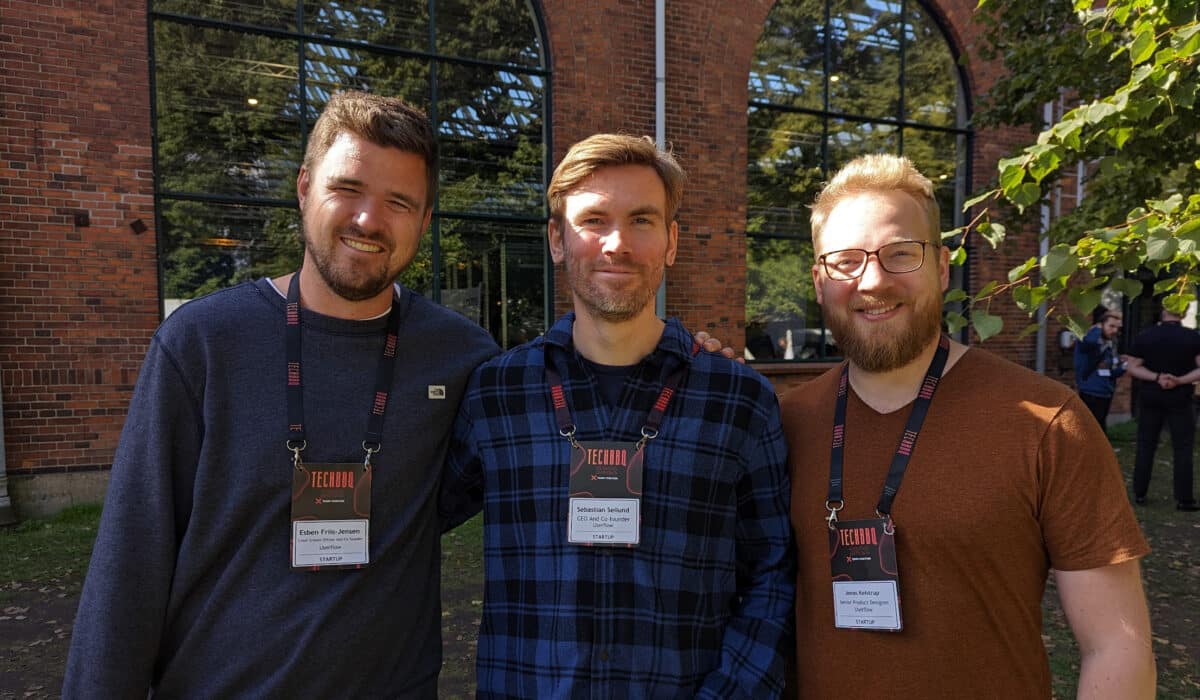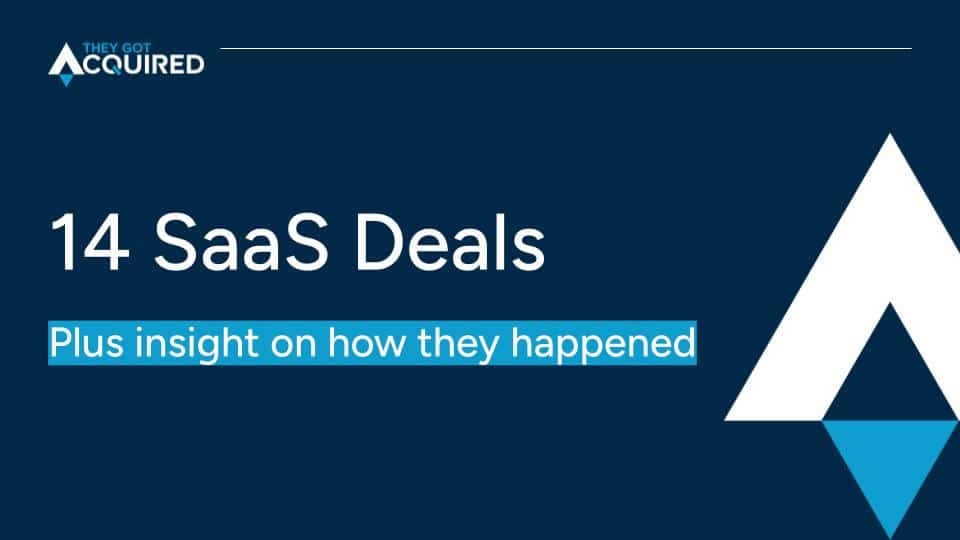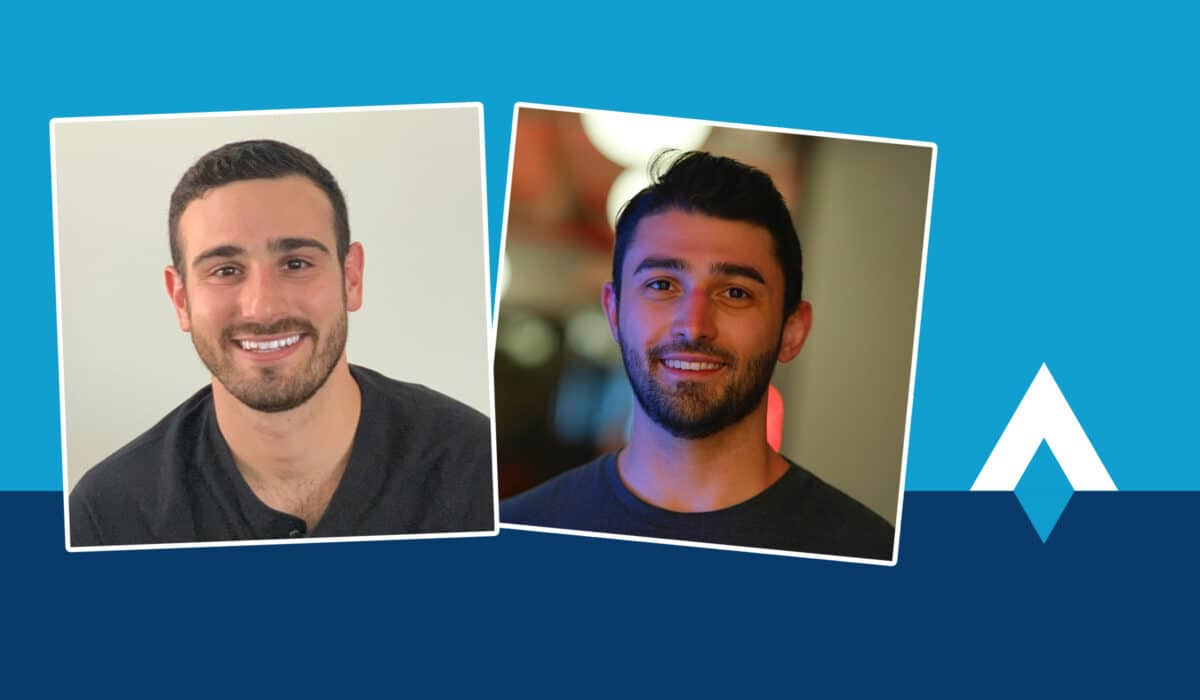Bootstrappers Esben Friis-Jensen and Sebastian Seilund grew their no-code customer onboarding platform Userflow to $4.6 million in ARR without a large team.
When Userflow, which helps businesses onboard customers and create in-app guides, checklists and surveys, sold in January 2024 for a reported $60 million, the team was just them plus one employee, a product designer.
“People have this theory that the more people you add, the less you will have to work,” Friis-Jensen said on the Grow Your B2B SaaS podcast. “But I have seen the exact opposite, that the more people you hire, the more you typically have to work.”
They focused on raising revenue instead of capital, and on automating processes rather than hiring staff. They operated Userflow asynchronously — Friis-Jensen was based in San Francisco and Seilund in Denmark — with minimal meetings.
Friis-Jensen was previously part of the founding team at cyber-security firm Cobalt, which followed the traditional Silicon Valley model of raising multiple rounds of capital and hiring more and more staff. With Userflow, he was ready for a more nimble approach: let the product sell itself and automate as much as possible.
This strategy led to steady growth and eventually to Userflow’s acquisition for what Techcrunch reported to be $60 million, by user-engagement software platform Beamer.
Founding Userflow: The early days of growing a SaaS
Before founding Userflow in 2019, Seilund created Studio1, an early version of the click-through video demos that are now common, and in the process had created an in-app guide. When users were more interested in that in-app product tour than in the software itself, Seilund decided to pivot and brought in Friis-Jensen as a partner, transforming Studio1 into Userflow.
The two focused on keeping their team small and efficient, bootstrapping to raise revenue rather than seeking outside investment by taking a product-led growth approach.
As an established voice in Silicon Valley, Friis-Jensen was able to get the word out about Userflow through public speaking engagements like industry conferences and podcasts.
“You can grind your way to a lot of customers, but what can really accelerate growth is going out there, being a thought leader in your space and spreading the word,” he said on Grow Your B2B SaaS.
From there, they let the product sell itself through a free-trial model. Software companies could see firsthand how seamlessly Userflow could onboard their customers.
Because the co-founders used Userflow’s own onboarding software to onboard Userflow customers, they understood intimately how to streamline the user experience and could keep everything as automated and bug-free as possible.
The team also automated business processes like billing and data tracking within Userflow, and within their third-party tools, like Stripe and Chartmogul, obviating the need for additional employees, Friis-Jensen said.
They also kept the need for high-touch customer service to a minimum by publishing all necessary information online and, once ChatGPT launched, deploying a well-trained AI assistant for support.
The team was disciplined in creating a culture of self-service for customers. If a customer had a question and wanted to jump on a person-to-person call, the team would ask them to describe the problem in text, or — if too complicated to write out, by using Loom.
“If you enable the customers to do everything, then you have a really good reason to push back on them to do it,” Friis-Jensen said on Grow Your B2B Saas.
Because they didn’t hire additional personnel and add recurring meetings, management and training to their schedules, the team had the freedom to work a reasonable amount of hours and create the kind of personal lifestyle they wanted outside of work. All the while, Userflow grew to $4.6 million in ARR (annual recurring revenue) and more than 600 customers, and remained nimble in their decision-making with no VC-backer input to consider.
“We hit the right market at the right time with the right product and have continued to grow with minimal involvement,” he acknowledged on the podcast, when asked to identify challenges. “It’s a very spoiled situation.”
For Friis-Jensen, this means being a “digital nomad,” and enjoying different areas of the United States with his young family.
“This is a marathon, not a sprint—but most founders, they still do it as a sprint, and basically then you’ll burn out,” he told the Practical Founders Podcast, with the caveat that it took him about a decade of sprinting to learn the right balance. “It’s much better to just enjoy life while you’re building a great company.”
How Userflow was Acquired by Beamer
Focused on building that “great company,” the co-founders were not looking to sell.
They often received emails from companies interested in acquiring Userflow, Friis-Jensen told the Practical Founders Podcast, but since things were growing smoothly with a reasonable workload, the co-founders ignored them.
An email from Beamer likewise went unnoticed, but representatives from Camber Partners, an investment firm partnered with Beamer, were persistent. In fall 2023, they connected with Friis-Jensen at an industry conference and asked him to meet with Beamer’s CEO, and he agreed.
“The optionality you have as a bootstrapped founder — that you can choose to exit if you want to; you can also choose not to exit,” he said on Practical Founders. “So for us to join another company or get acquired, we really needed a kind of good agreement for us, of course, but we also needed to see the future vision of the combined company.”
For the co-founders, the January 2024 Beamer deal for a reported $60 million with a vision to continue to grow a product-growth toolkit was enough to tip their hand.
Based on the reported sale price, the company sold at a multiple of 13x revenue. Friis-Jensen said that was largely because their team was so lean. “Besides growing at a consistently good rate, our revenue per employee was high,” he told They Got Acquired. “Revenue per employee is an increasingly important metric when it comes to showing the scalability for software.”
The standardized, self-serve nature of the platform also led to a streamlined due diligence process, he said. Most relevant business data was easily visible via the apps where it was tracked.
Friis-Jensen acknowledged that it can be hard to give up full control of “your baby,” but indicated the Userflow team has successfully joined Beamer, and the transition to the larger team has gone well.
For aspiring founders, Friis-Jensen recommends the efficient path Userflow took.
“Instead of chasing VC capital, chase customers, chase paying customers—that’s where you will get the real feedback,” he said. “And in the later days, focus on getting [monthly revenue] and don’t hire people just to hire people.”



